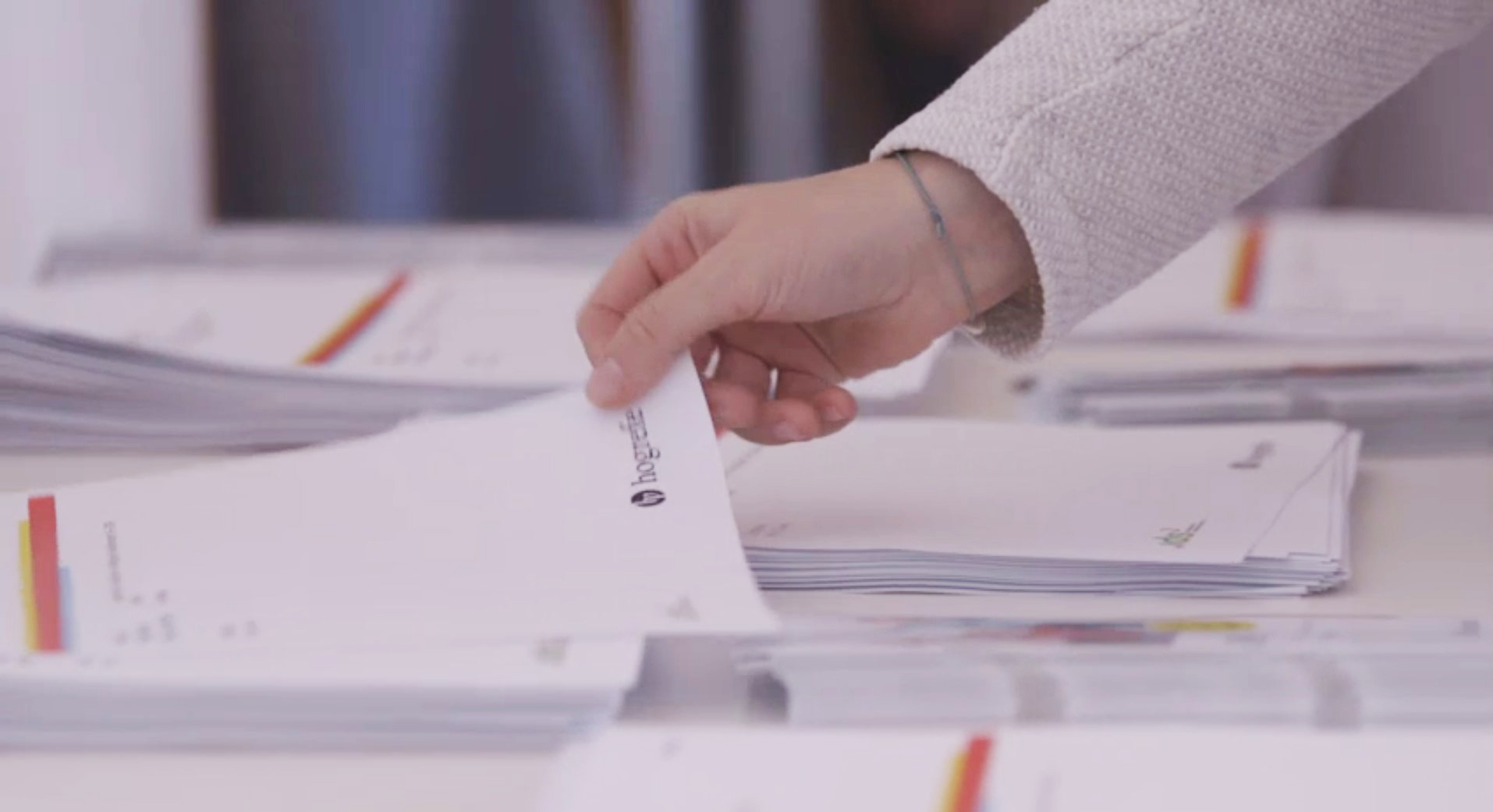Intelligence
Executive Functions
Psychomotor Skills
Social-emotional skills
Scholastic skills
Motivation and Attitude
Intelligence is the general mental capacity encompassing deductive reasoning, planning, problem solving, abstract thinking, the comprehension of complex ideas, quick learning and learning from experience. Because general intelligence is deemed to be a relatively stable personality feature, long-term prognoses can be made for the development of intelligence. The significance of intelligence diagnostics is visible in the correlations of intelligence with academic and professional achievements, as well as with quality of life and health.
The IDS-2 assesses intelligence based on the most extensive and empirically supported intelligence theory to date: the Cattell-Horn-Carroll theory. The IDS-2 offers three measures of intelligence: a screening IQ (2 tests), a general intelligence (IQ) score (7 tests) or a complete IQ profile (14 tests).
Tests include typical cognitive tasks such as crossing out different animals, speaking numerical number and letter series, recalling shapes and positioning, and naming categories.
Executive functions are regulation and control processes that enable goal-oriented and situational action. The three basic mechanisms are inhibition, working memory and cognitive flexibility, which can display a developmental growth beyond preschool and school age into adolescence and early adulthood.
In preschool children, executive functions are connected to language ability, fluid intelligence, motor coordination ability, and the ability to self-regulate. Thus, they are significant in the context of developmental requirements for school readiness and school success.
Tests include asking children to perform single tasks (e.g. listing words) as well as multiple tasks, both verbal and nonverbal.
Psychomotor activity describes the entirety of all control and function processes as well as sensory, perceptive, cognitive and motivational processes that are the basis for posture and movement. In the IDS-2, overall coordination, gross motor skills, fine motor skills and hand-eye coordination are recorded in the context of psychomotor activity.
Psychomotor activity plays a crucial role in healthy childhood development. Gross motor skills, fine motor skills and hand-eye coordination are often linked to cognitive functions. Furthermore, disruptions in coordination can lead to an inhibition of the development of physical and social capabilities. Psychomotor activity often displays a corresponding relationship with self-esteem, anxiety and somatic problems.
Tests include typical motor tasks such as balancing and working with small beads.
Social-emotional competencies include both constructs of the social and emotional competence. Social competence describes the availability and application of cognitive, emotional and motor behaviours that can lead to a long-term favourable relationship between positive and negative consequences in interpersonal situations. Emotional competence describes the ability to be aware of one’s own feelings, to express them, and to control them independently. The identification and comprehension of emotions of other people are also described as emotional competence.
Social-emotional competencies are closely related to social behaviour, well-being, physical health, and academic performance, but are also linked to delinquency, drug abuse and psychopathologies in childhood. Moreover, linguistic competences can be a critical cause variable with respect to social-emotional competence because the communication of feelings and thoughts is a main key component.
Tests include tasks that involve viewing photos and hearing stories, so that recognition of emotions and emotional reactions can be measured.
Language skills include the comprehension of what others are saying or writing (speech comprehension) and one’s own speech or writing (speech production). The acquisition of linguistic skills represents one of the most vital development tasks in early childhood. Linguistic skills have relationships with cognitive and psychosocial development, as well as with social-emotional skills.
Reading and writing are learned during the course of the acquisition of written language. Reading encompasses both reading ability and reading comprehension, and writing includes the processes of segmentation of a phonetic stimulus in phonological units which are then assigned to the respective graphical representation. Written language acquisition constitutes the basis for a successful scholastic and professional career, and is related to health and longevity.
Logical mathematical reasoning has always been linked to concrete representations which are activated depending on the problem. Logical-mathematical competences during the final year of kindergarten can foretell the mathematical achievement at the end of the first and second years of school. Furthermore, logical-mathematical competences have been shown to influence the educational and professional opportunities of an individual.
Tests include typical Scholastic skills assessment, including phonological tasks, speech, reading, spelling, and a range of mathematical computations.
To measure motivation and attitude, the IDS-2 assesses the conscientiousness and performance motivations of the children and adolescents age 11-20. Conscientiousness is linked with precision, reliability, decisiveness, willpower and determination, and is one of the most central personality characteristics in connection with academic and professional success. It exhibits positive correlations with identity development, relationship satisfaction and longevity as well as negative correlations with high-risk behaviour.
Performance motivated actions occur when the major incentive for the pursuit of success exists. This can either involve performing particularly well to reach an internal individual standard, or to reach an external reference standard when comparing oneself to others. Performance motivation also exhibits positive correlations with scholastic, academic and professional success and, in addition, can sometimes help to explain variances in intelligence.
These aspects are measured by a series of statements that are rated by the child or adolescent on a four-tiered scale.

Features
A global measure designed to identify children’s knowledge, strengths and areas for development, the IDS-2 offers the most comprehensive diagnostic assessment available.

FAQs
Learn more about the administration, scoring, and use of the IDS-2.

Research
All professionals using the IDS-2 can have access to a global database for research on children and adolescent psychological development.